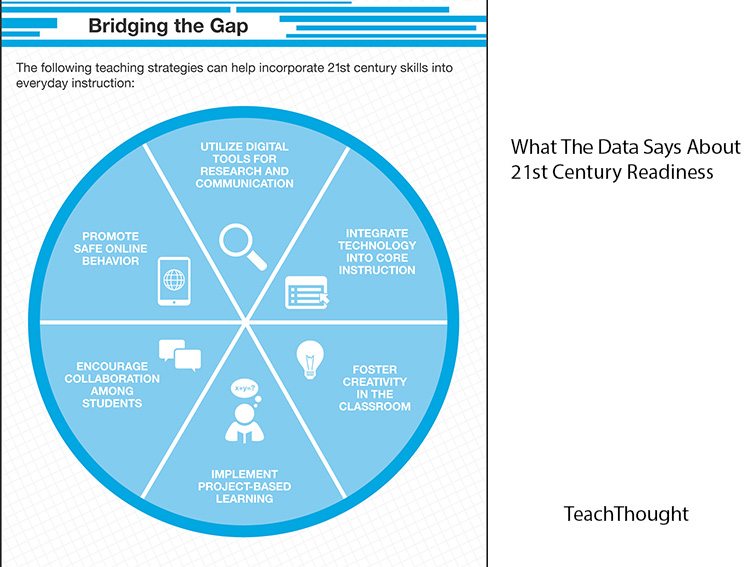What The Data Says About Students’ 21st Century Readiness
21st century skills is a term that’s been bandied about for over a decade now.
Loosely, it refers to the creative and technology-based skills students are increasingly required to demonstrate to use information in the real world.
While there’s plenty of tools, leadership, strategies, and even rhetoric surrounding this discussion, what’s there’s less of is data.
The following infographic from learning.com helps soften that reality a bit by graphically displaying the data from over 500,000 elementary and middle school assessments framed around ISTE’s technology standards.
It then goes on to offer areas of strength (digital citizenship and technology operation) and weakness (research, critical thinking, problem solving). While little of this would be new to most K-20 educators, it does at least attempt to quantify the matter upon assessment results (though exactly how–criterion-based or not–is unclear). It also offers 2013 SAT results that suggest that the majority (57%) of students don’t meet college and career-readiness benchmarks.
But hey, all is not lost. It offers decent criteria for 21st century skills (including digital citizenship), and claims that 72% practice safe, legal, and responsible use of information and technology.
This number seem a bit high to anyone?
What The Data Says About Students’ 21st Century Readiness

